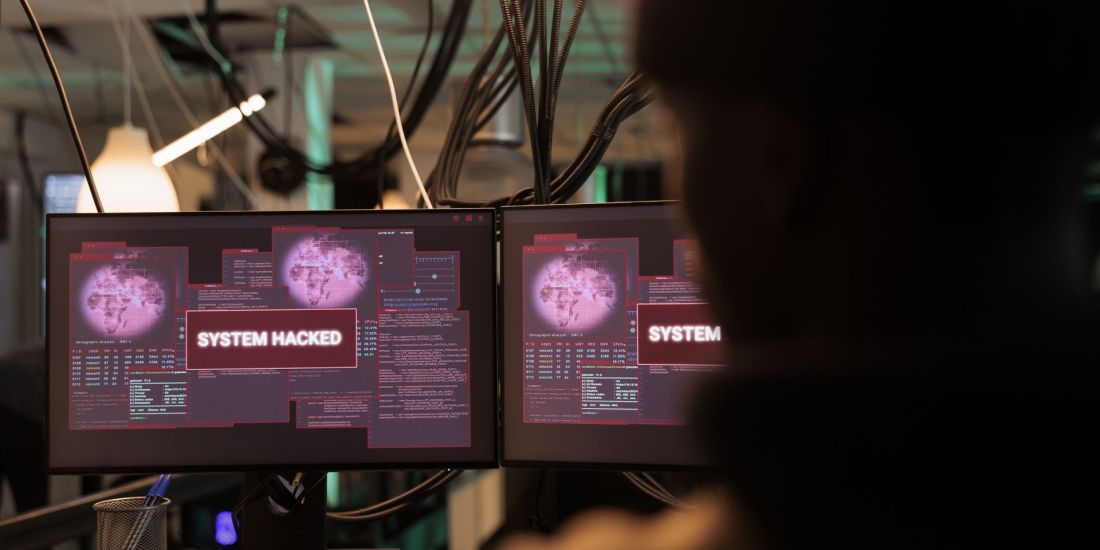
Understanding Ransomware: Risks and Impacts
What if a simple click on an email link could disrupt your entire business? Ransomware is a growing threat in today’s digital world, capable of shutting down operations overnight. Have you considered how a ransomware attack might unfold and what steps you could take to prevent or mitigate its impacts? This article explores the mechanics of ransomware attacks, the types you might encounter, and the extensive damage they can inflict. We’ll also discuss proven strategies to strengthen your defenses against this severe threat.
Types of Ransomware Attacks
Ransomware varies widely in its approach and impact, each type designed to exploit specific vulnerabilities:
- Crypto Ransomware: This type encrypts critical files and data with strong cryptographic algorithms. Victims are left unable to access important information unless they pay a ransom for the decryption key.
- Locker Ransomware: Unlike Crypto Ransomware, Locker Ransomware does not encrypt files. Instead, it locks users out of their user interfaces, making it impossible to access any applications or files on the infected system.
- Scareware: This lesser form of ransomware bombards the user with alarming pop-ups, claiming that their system is infected with viruses or has found illegal content. It then offers a ‘solution’—a payment to clean the system, which in reality may do nothing at all.
Modus Operandi
The typical blueprint of a ransomware attack often begins with social engineering tactics such as phishing emails, malicious advertisements, or compromised websites. Once the ransomware is downloaded and activated, it either locks the system or encrypts data, subsequently demanding a ransom. The demand comes with a timer; failure to pay within the specified time might lead to permanent data loss.
Financial, Operational, and Reputational Damages
The ramifications of a ransomware attacks are profound:
- Financial: The ransom payment has immediate financial implications, which might or might not result in data recovery. Long-term costs include lost business, operational downtime, restoration processes, and increased insurance premiums.
- Operational: An attack can suspend business operations entirely. The recovery process is often lengthy and complex, requiring substantial IT resources to remove the malware and restore data from backups.
- Reputational: Trust is critical in business, and a ransomware attack can severely erode customer confidence. The perception that a company failed to protect its data can lead to lost customers and difficulties attracting new business.
Real-World Case Studies
2017 WannaCry Outbreak: This infamous attack spread across the globe, impacting over 200,000 systems, including vital services like the UK’s NHS, which suffered massive operational disruptions and financial losses.
2018 Atlanta Ransomware Attack: The city of Atlanta was hit by a severe ransomware attack, disrupting city operations and costing over $17 million in recovery efforts. The SamSam ransomware variant encrypted significant municipal data, demanding a $51,000 ransom. This attack not only paralyzed essential city services but also highlighted the vulnerabilities in public sector cybersecurity, leading to extensive financial and reputational damage.
Stay Informed and Protected
Understanding the threat landscape is the first step toward protecting your enterprise from ransomware. Regular updates, comprehensive security protocols, employee education, and robust backup strategies are essential. Subscribe for our updates, or book a personalized consultation to assess and improve your ransomware readiness.
To learn more about safeguarding your business from ransomware or to schedule a consultation, please contact us at [email protected].
Conclusion
The threat posed by ransomware is relentless and evolving. By staying informed and prepared, businesses can minimize the likelihood and impact of these attacks. Effective defense strategies can not only protect but also give businesses a competitive edge in a landscape where cybersecurity is increasingly pivotal.





